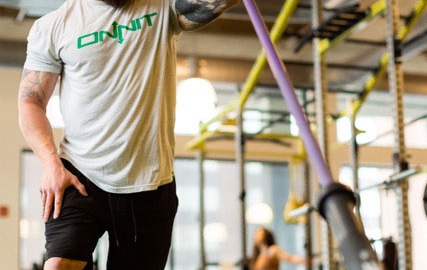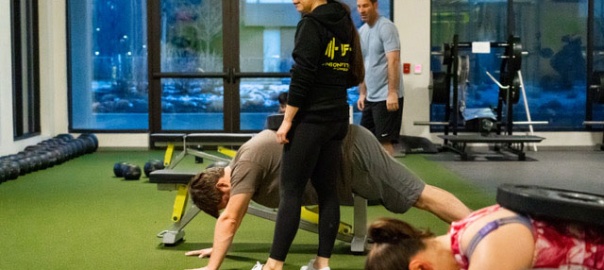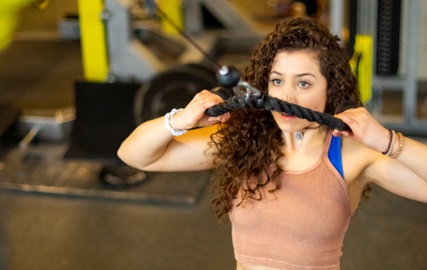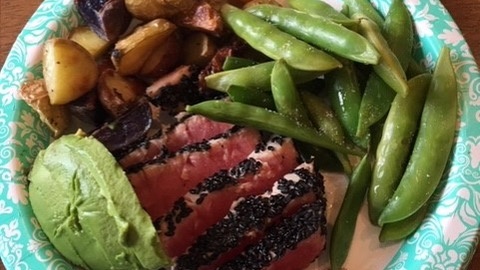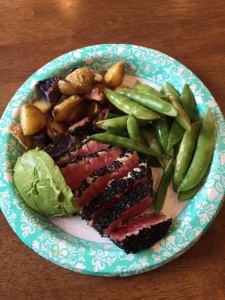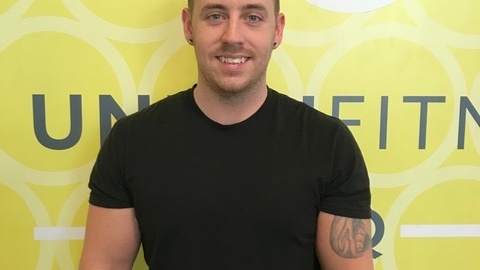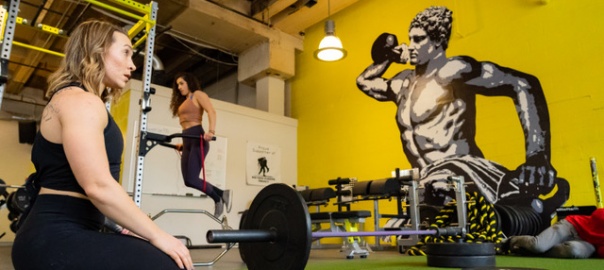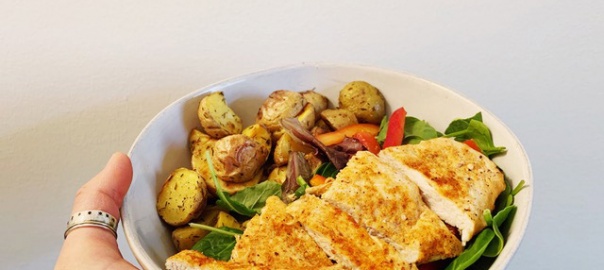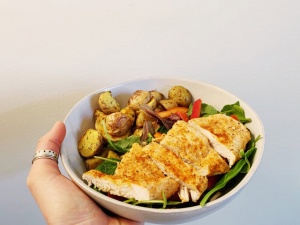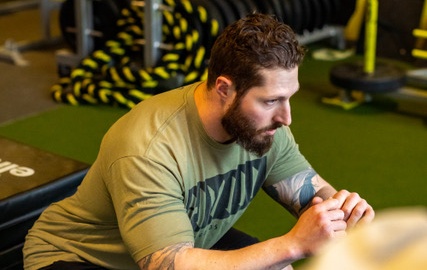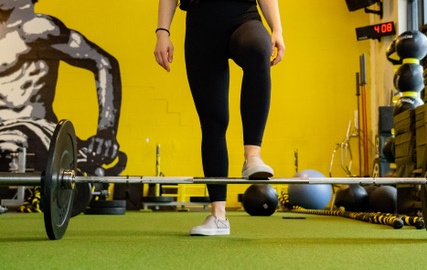Bring on the sunshine!!!
The sun is fighting through the clouds and cold temperatures. The birds are starting to sing and the trees and flowers are ready to bloom. We’re shaking off the rust by getting classes outdoors as the weather permits. In the meantime, see what our community has been up to all winter…
To follow along with our core values, here is a link to our website:
About
UF values- EPIC: Education—Passion—Integrity—Community
Education
Welcome Cayt Neff! She has joined us as a personal trainer, and will be offering massages once she completes her certification at the Pittsburgh School of Massage Therapy. If you haven’t met her yet, she struggles to not hold a smile on her face 24/7. She’ll also be stepping in to help our coaches in both the Strength Lab and Cardio Lab.
I will be attending the EliteFTS Strong(er) Sports Training Success Summit. Better yet- Cayt, CJ, and Keenan are joining me! The presenter list is stacked- Alwyn Cosgrove, JL Holdsworth, Buddy Morris, Dr. Eric Serrano, Dr. Ken Kinaki, and more. There will be plenty to learn in every facet of training- business, health, recovery, rehab, technique. We’ll report back next quarter!
Passion
Lynette Bauer is our April Member of the Month! She has been a member since way back in May of 2017 when she was quietly plugging away, building a strength and fitness base in the Fitness Center. This January she decided to take a chance and up her fitness game by joining the 2019 Strength Project. In those two months, she’s realized some amazing strength gains, has gotten comfortable in yoga, and really pushes herself in the Cardio Lab. We are super proud of the effort and consistency she’s shown, and excited to see her continue making progress as a UF Unlimited member! Proving how much there is to gain by getting out of your comfort zone (see: routine).
Integrity (the state of being whole, undivided)
The 2019 Strength Project included 33 members of Union Fitness. Their goals ranged from losing weight, gaining weight, gaining strength, learning new techniques, maintaining accountability, etc. They all gained ground on some if not all of their goals. The result- 31 of them will continue their strength journey with Strength Lab and Cardio Lab classes. The integrity piece comes in because both morning and evening groups found new friends, new training partners, and new inspiration. I’m proud of our staff for the leadership, motivation, and creativity that they provided over the eight week project. We’re looking forward to creating new and different challenges like the Strength Project, so keep throwing ideas our way and we’ll work on this together!
Community
Sometimes life throws unwelcome hardships in our direction and, unfortunately, we have a few members that have had a rough winter. Please stay tuned for classes and other events that we’ll be hosting in an attempt to support those within our community that could use a hand.
On a lighter note, we have a big surprise to announce coming in the fall. More details coming soon!
Thank you all. I look forward to enjoying the summer at Union Fitness!
-Casey
